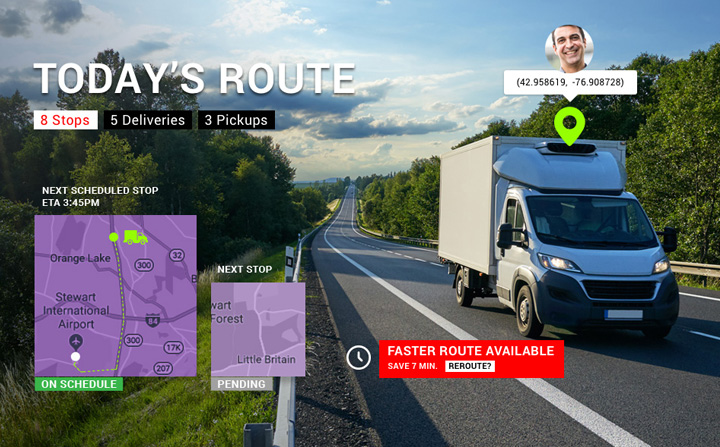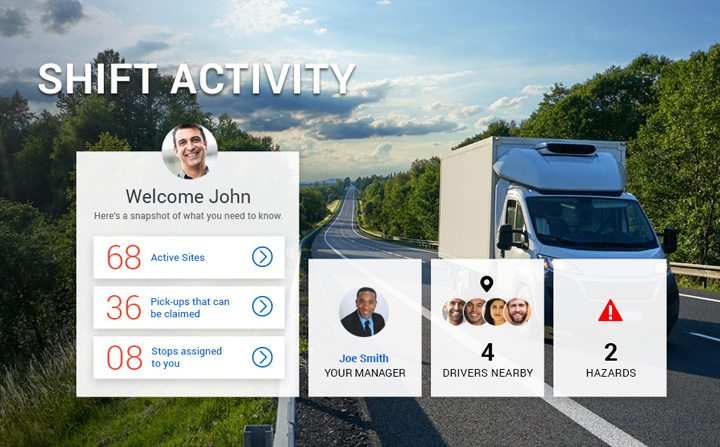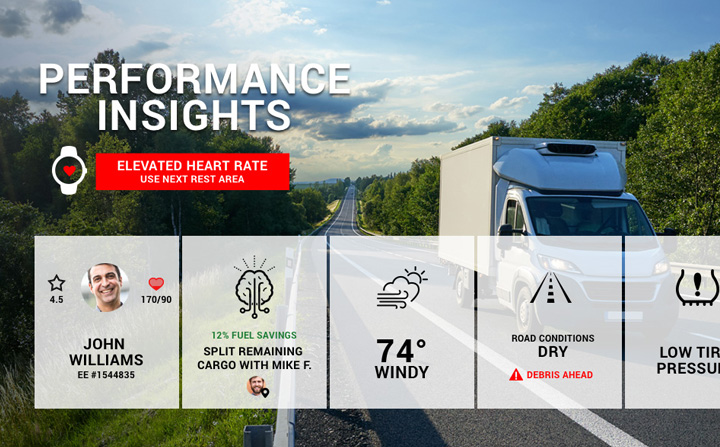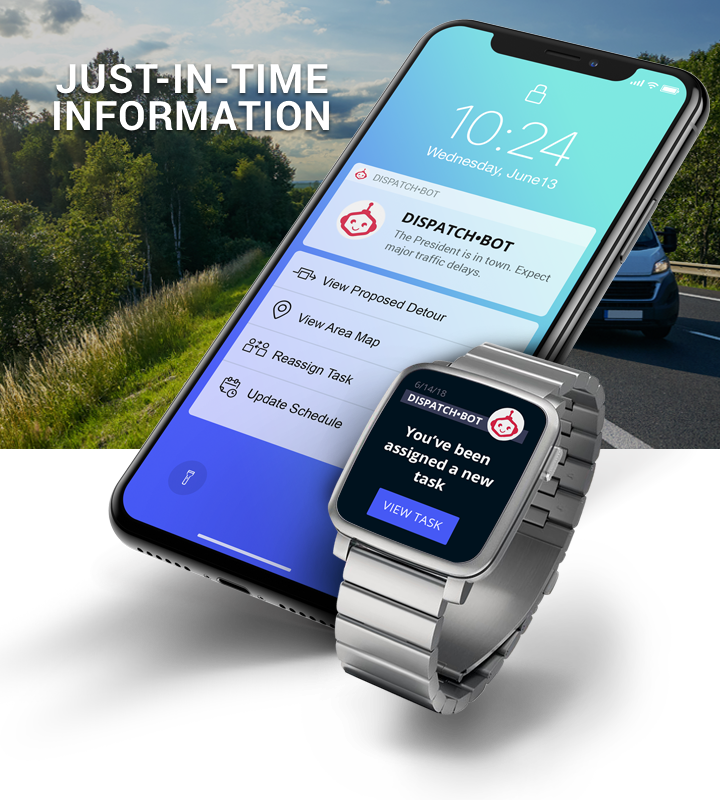Change is happening all around us—so quickly, in fact, that we often fail to appreciate its transformative power. We regularly experience wondrous technologies that make our lives easier, without batting an eye. These innovations are so seamlessly integrated into our lives, that we tend to take them for granted, and feel as if they have appeared out of thin air. But, of course, there is no magical sorcery conjuring up these great ideas; innovators everywhere work tirelessly in the background to push the boundaries of what is digitally possible, and to help us realize a truly smart and interconnected society. Here are a few examples that illustrate how innovative digital transformations are revolutionizing the ways in which we work.
…..
Location Based Services
Geo-location services have been around for quite some time, and their quality and accuracy has improved by leaps and bounds. However, the addition of intelligent, comprehensive frameworks, that establish relationships between systems, and make relevant connections between what is known, unknown, and anticipated, has generated a modern Wayfinding experience that tremendously boosts efficiencies in transportation, shipping, and supply-chain management.

Data and Dashboards
With access to vast oceans of business data and user analytics, designers scour data systems like Watson and Google Analytics to glean insights that can be leveraged for new work solutions. The challenge, of course, lies in determining what, when, and for whom that data should be made accessible and relevant. These important questions provide the foundation for high-value, real-time, personalized dashboards and notification systems, which enable workers to make informed decisions in achieving the best possible outcomes for the business.

Smart Systems and Interfaces
People generally associate “connectivity” with being connected both to the internet and to other people. While this is accurate in a more traditional sense, the new concept of connectivity is a bit more progressive and expansive. These emerging modern systems are vast information eco-systems: digital networks connecting people with people, systems with systems, and people and systems with insights and data. This interconnectivity enables interfaces to move beyond the typical, static publishing models, and towards dynamic content distribution systems—a fully integrated and collaborative model, where content is not generated solely by humans, but also by other active participants, like wearable devices, Artificial Intelligence, and IoT (electronics, machinery and vehicles). Distributing high-value content to the digital workforce, across multiple devices, provides workers with just-in-time information, where and when they need it most, and with the highest level of accuracy and reliability. This real time content model transforms typical design interfaces into “smart” solutions.

Personal Assistants Everywhere We Go
It was not so long ago when employees had devices they used specifically for work, which they would power down at the end of the day (if they were lucky), and would not pick up again until work resumed the following morning. Today, with the emergence of BYOD and the blurring of work and home, we have moved into an “always available” mindset. Mini personal assistants go everywhere we go guiding us through both our personal and professional lives. Bots access content from our emails, calendars, chats, project management tools, and mapping apps, and keep us on track, and informed of any new developments. Furthermore, with the emergence of AI, our devices increasingly push content directly to us, based upon what the AI has learned about us, and what variables and outside influences it anticipates us running into. Digital assistants discover new relationships between content and tasks in ways we couldn’t possibly foresee, and push the content right to our devices, just in time. Personal assistants will continue to improve as the underlying AI technology evolves, and it’s all thanks to creatives, futurists, and technologists like us who continue to push the limits of what is digitally possible.
